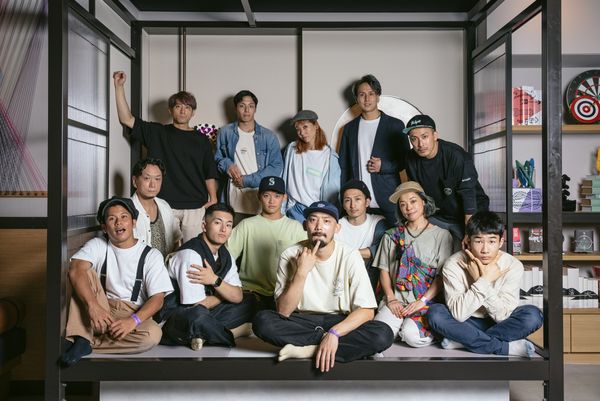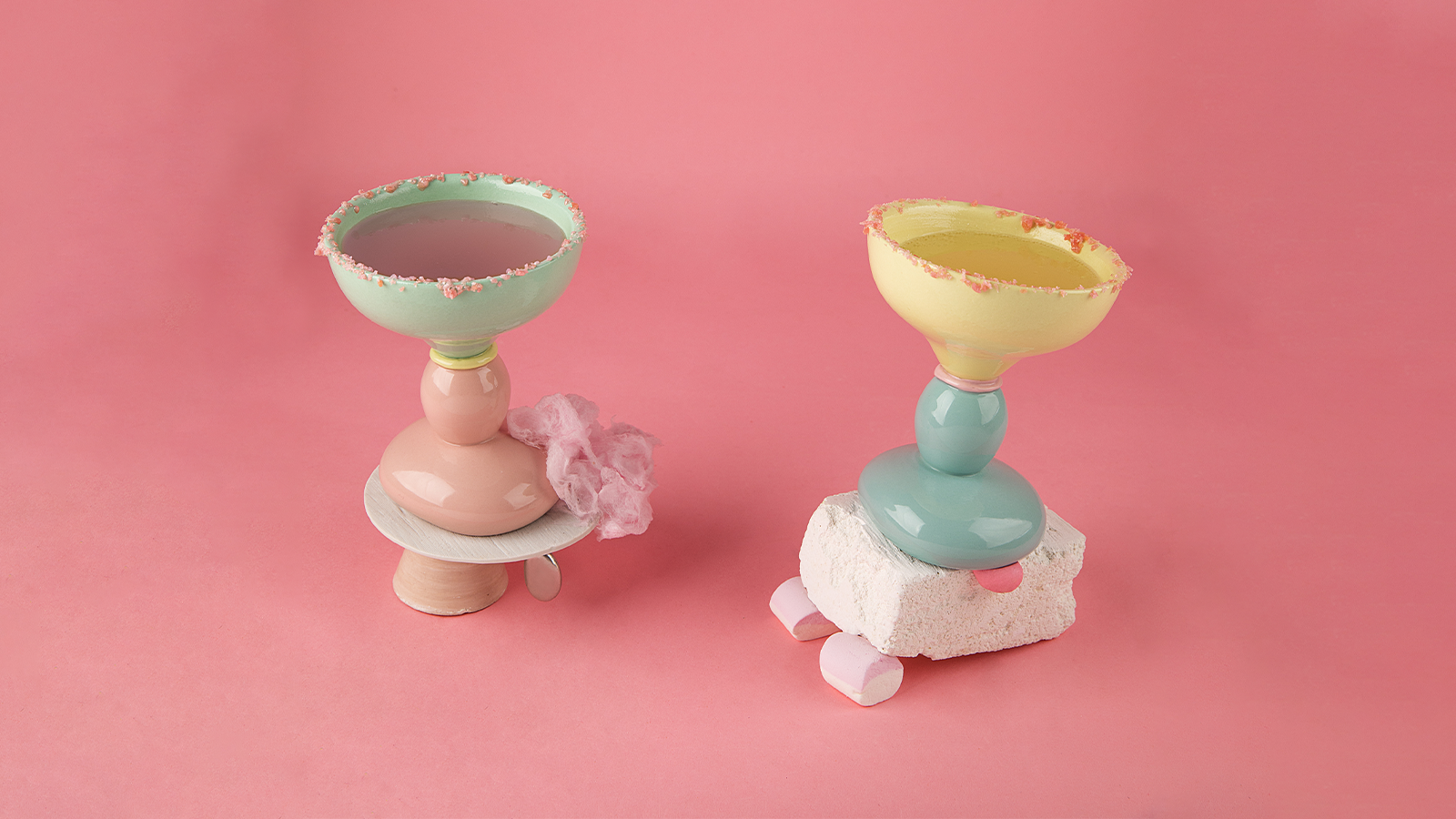Ice-cream sundaes, cocktail glasses, and urns—Slovak-born Gréta Kušnírová not only breaks with the preconceptions of ceramic design in her choice of subject matter but also combines her unusual objects with unusual looks. Let’s see!
The young designer currently lives and works in Prague, where she is studying ceramics and porcelain at the Academy of Arts, Architecture and Design (UMPRUM). She says that she first encountered clay as a child and took an instant liking to the material. “As a child, I made many different animals and houses in a ceramics workshop, but my first ceramics project was probably a mosaic of handmade small ceramic tiles in our apartment—to this day, I’m surprised my mother allowed me to do it,” she added. “Clay is one of the few materials you have close, direct contact with because you shape it by hand. It is also easily accessible: you can dig and work it yourself. So I was very tempted to learn this traditional craft and try all the techniques of working with it,” Greta pointed out.
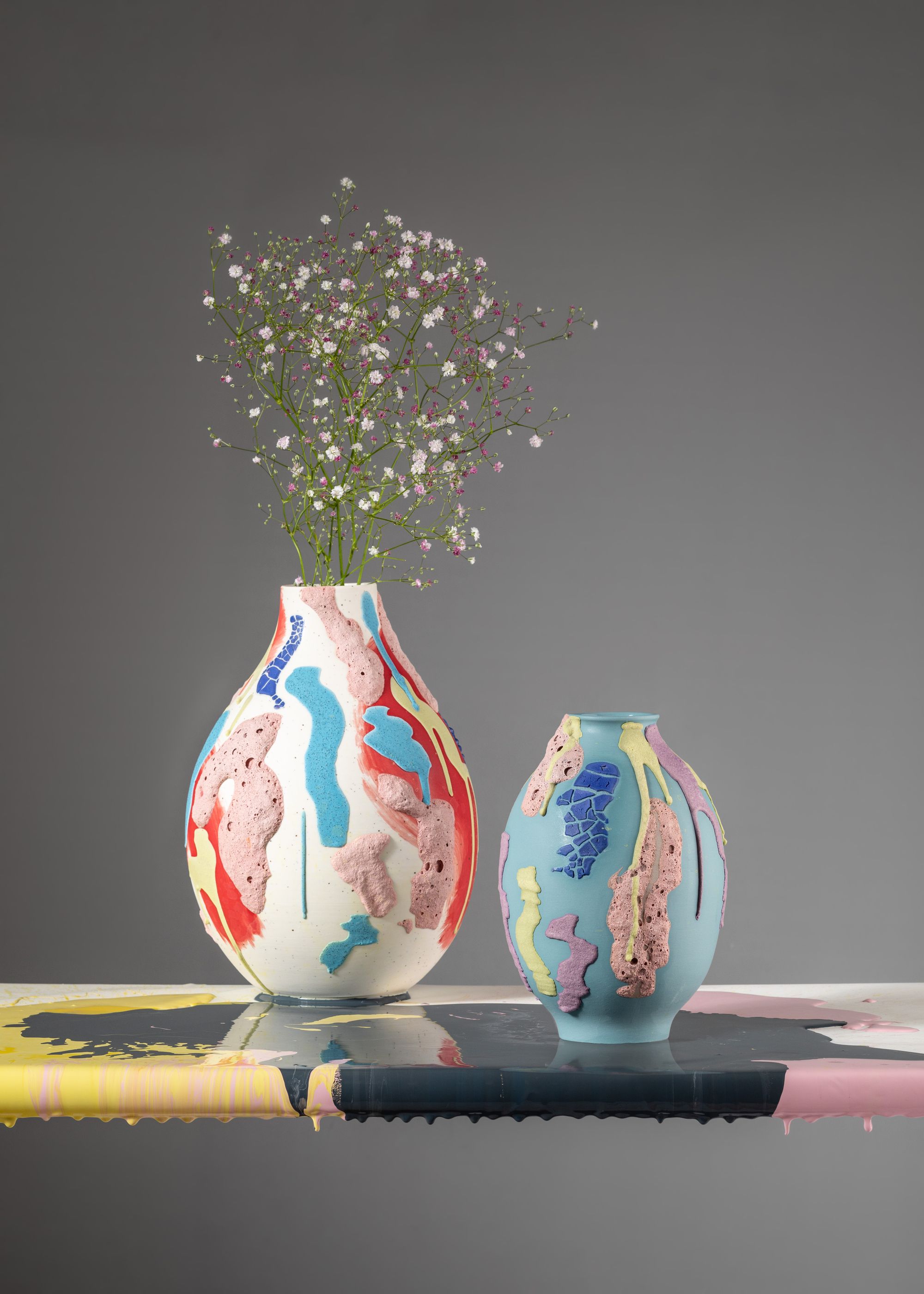
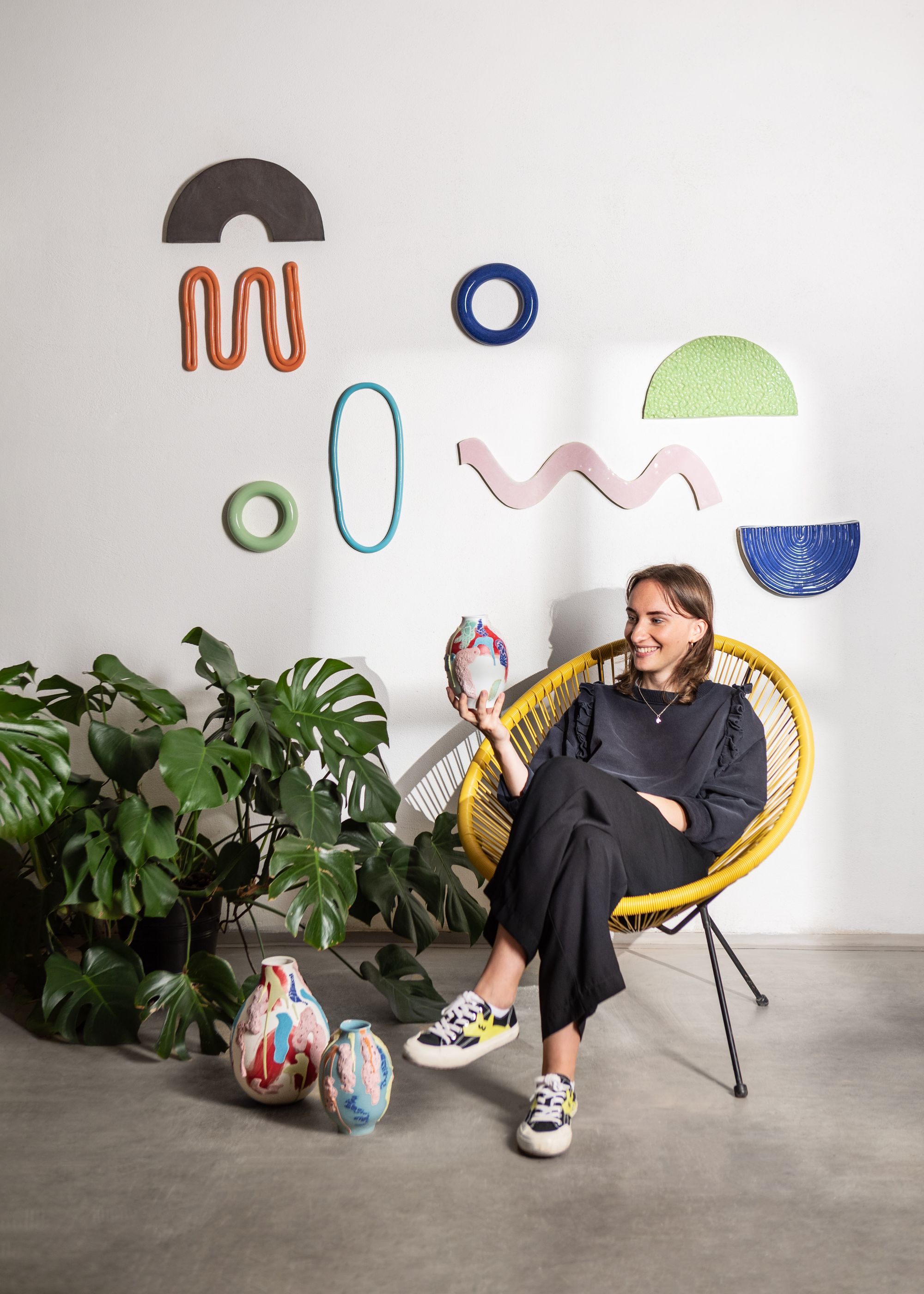
Gréta’s creations aim to evoke a new, unexpected experience or a sense of surprise in the users of her objects. Therefore, in her work, she puts great emphasis on the use of different colors, textures, and unconventional design details. Thus, she experiments with ceramic glazes that, in addition to their primary function, shape the surface of objects. “I like to alternate between different techniques: I like to cast porcelain in molds, which I like to loosen up and replace with hand modeling,” she notes. She added that when she designs a new object, at first she is inspired by its visual solutions, to which she later associates its function.
This somewhat eccentric creative philosophy and the idea of breaking with the generally accepted look of objects also shaped her POCHMURNY object collection. Greta sought to give a new form to the aesthetics of funeral rituals without losing the dignity of the colorful urns she had in mind. “Instead of the usual gloomy and depressing perspective, I decided to take a different path. Why should we keep the ashes of our loved ones locked away, as if it were something impersonal? I believe that cremation urns play an important role in providing a joyful memorial to our deceased family members and can also become special objects in our homes,” she elaborated.

The colors of the collection also have a symbolic meaning: they are associated with different emotions and experiences. For example, the strong blue hue of the urns symbolizes emotional and spiritual harmony as well as peace and tranquility. The shapes of the urns, such as the circle, the sphere, or the spiral, also refers symbolically to the phenomenon of circularity.
As Greta noted, although many people are put off by the idea of keeping the ashes of their loved ones in their homes, her colorful urns are still well received. “Last week I handed an urn to a lady who told me that my urn was the most fitting for her mother as it reflected her character. It was a very moving experience,” she said.

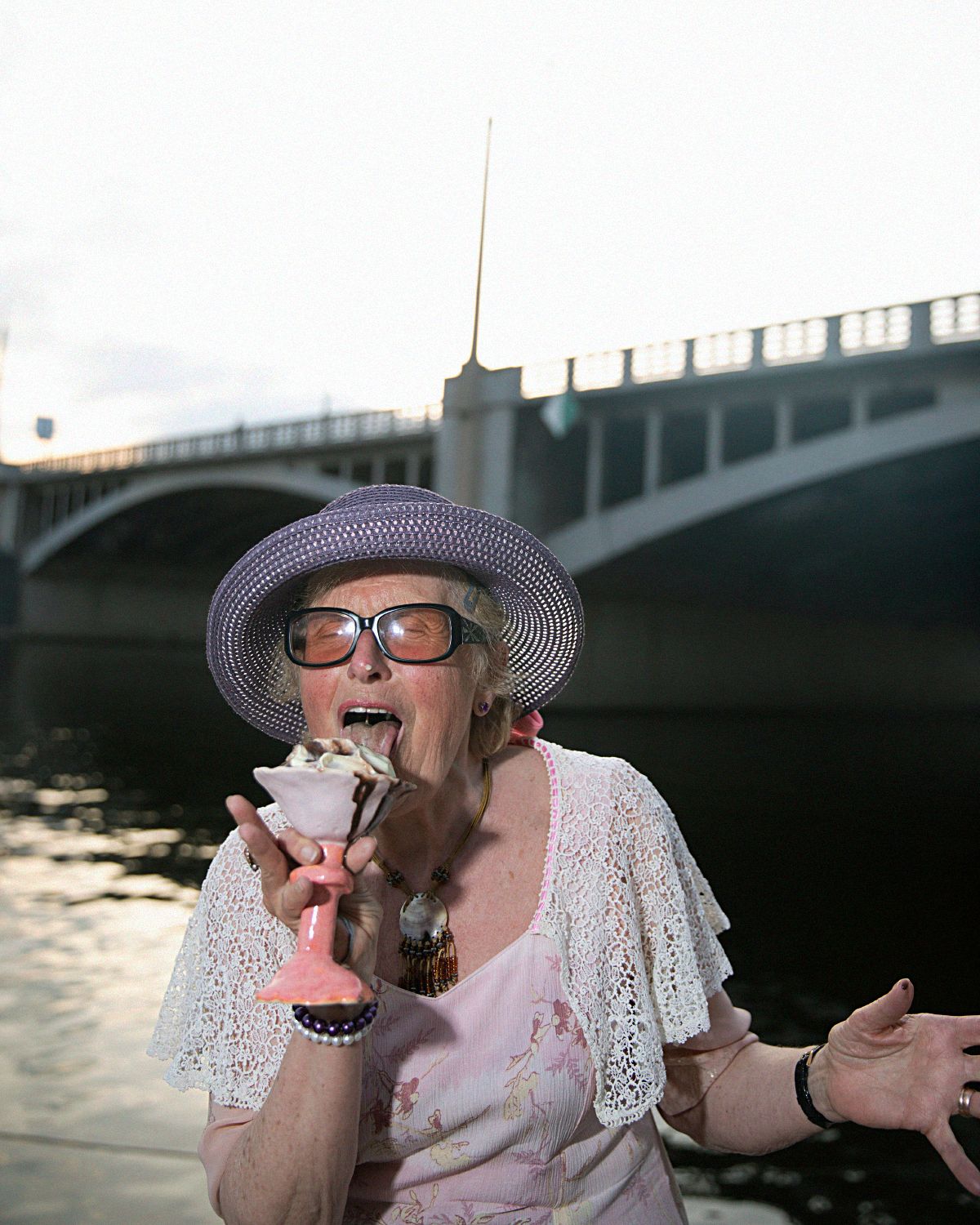
Playing with shapes and colors is also a feature of Gréta’s Gelatono e gelatino project: in creating the hand-modeled, lightly shaped ice cream sundaes, the ceramic designer was interested in the question of what factors influence our appetite for certain foods. What role do colors play in the experience of eating? “My intention was to give everyone, regardless of age, the opportunity to break free and break with the obligatory rules of eating etiquette. Eating ice cream is sometimes chaotic and wild, but it brings us joy,” she explained.
Gréta is also thinking about creating a public artwork for the future, and is currently developing a collection of ceramic cocktail glasses called Chin-chin! The latter will be on show at Czech Design Week in September and at Designblok in October.
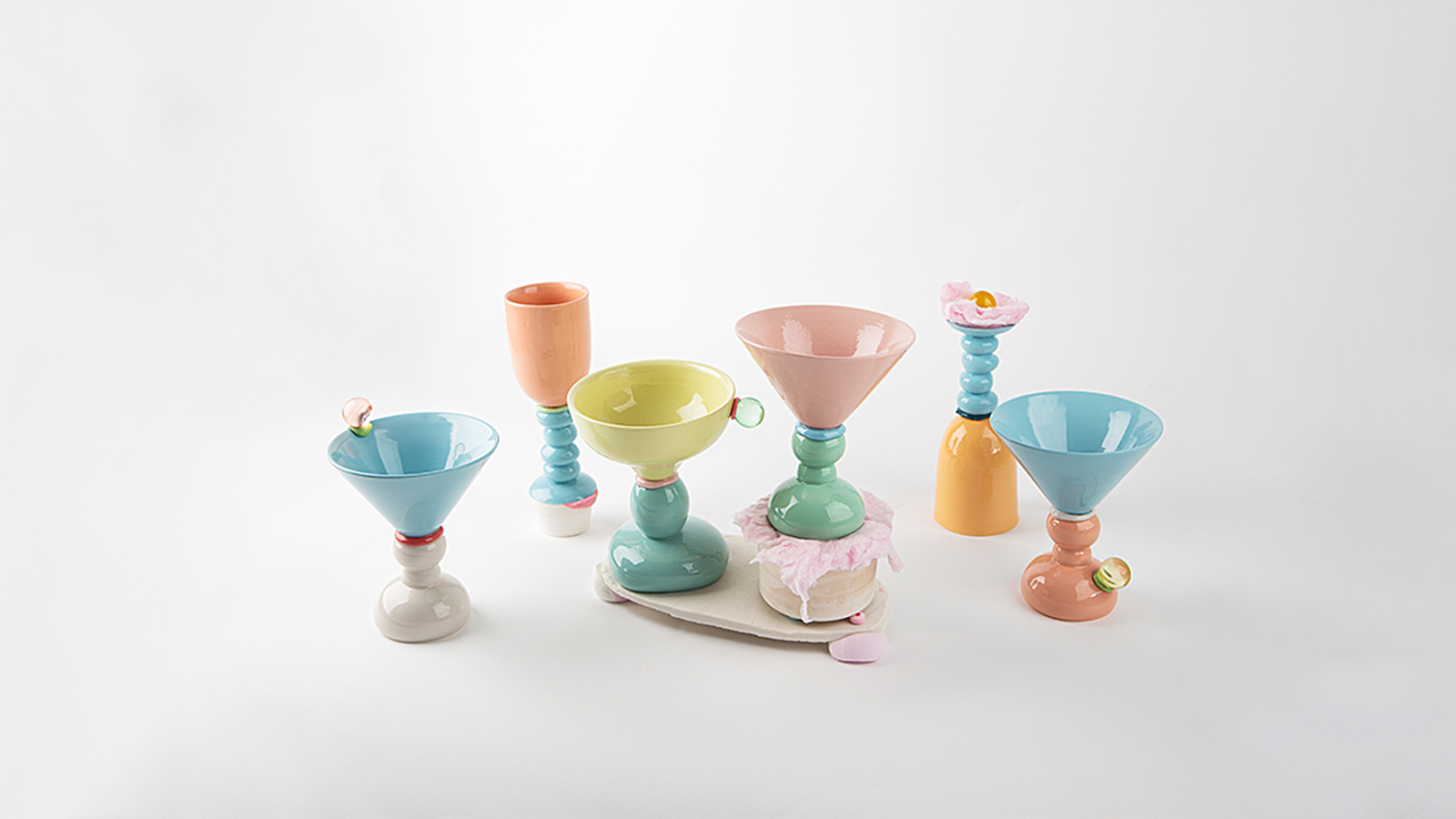

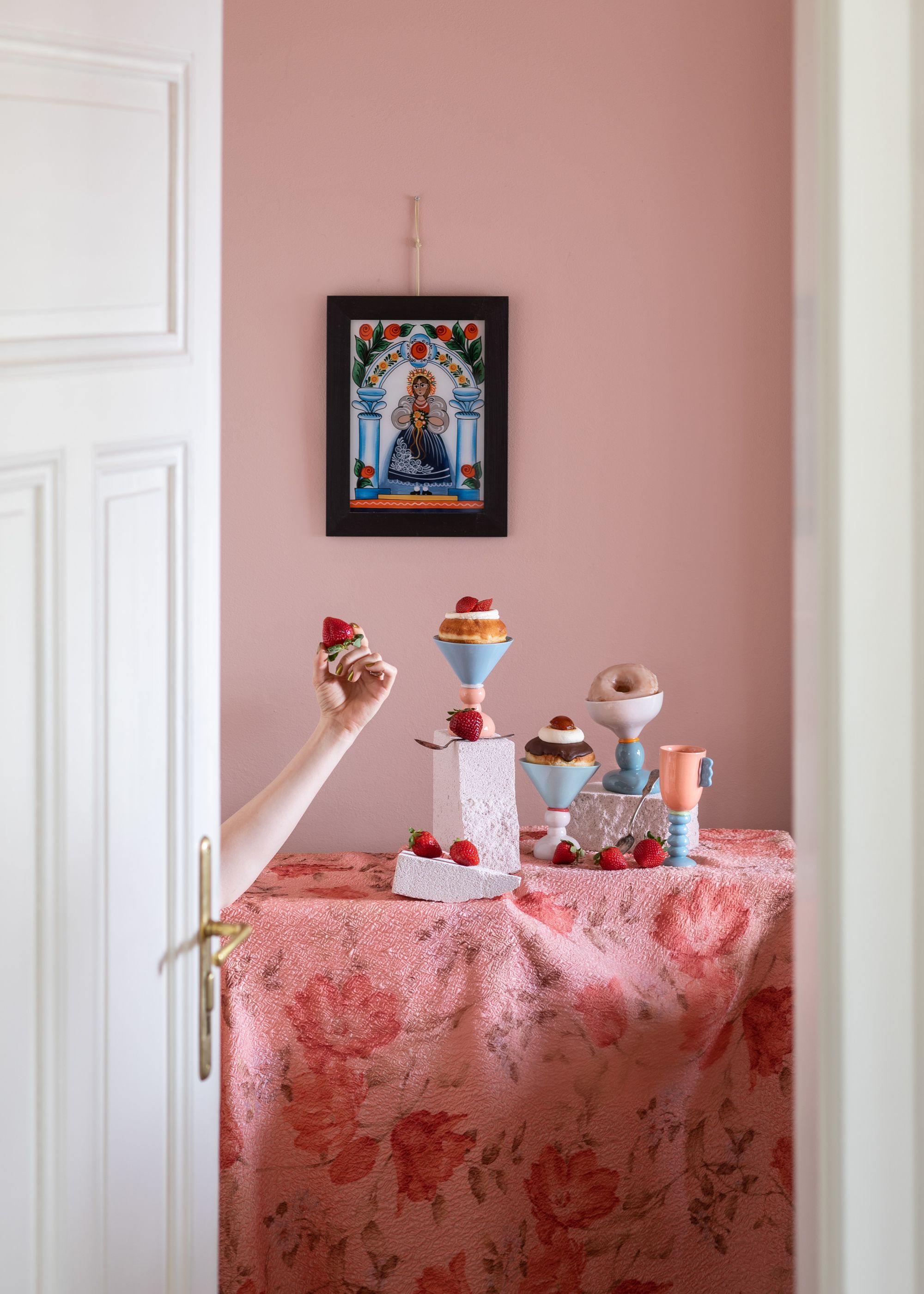

House of Petals: Casa Pátios de Pétalas | Sandra Micaela Casinha

Google and Universal Music Group are considering a new deal
